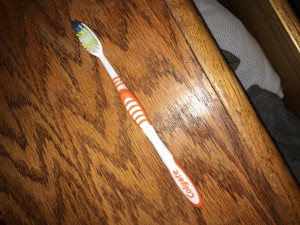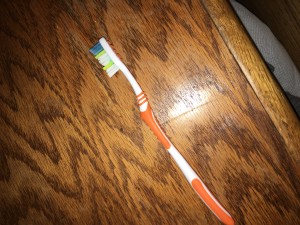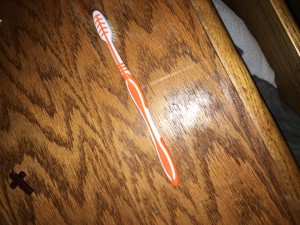Iconostasis is a wall of religious paintings or icons that separates important sanctuaries of churches from the nave.It can also be an icon stand that can be placed anywhere within the church.The purpose of iconostasis is to separate parts of the church reserved for priests and clergy members from church members. The theological implications to incorporate this style in the church was to create a link between heaven and the nave or holy place. The pictures or icons that are portrayed in this style represent the bridge into heaven and separate. The portraits separate the altar from the eucharist and from the larger portions of the church designated to regular church members.Iconostasis evolved around the fifteenth century in Eastern Roman Empire and is associated with Byzantine architecture. Iconostasis is still prevalent in most Christian churches and Eastern Orthodox churches today. Iconostasis can also be seen in Hagia Sophia, in Istanbul Turkey. Once a Christian basilica, then an imperial mosque, and now a museum; Hagia Sophia has a fifty foot silver iconostasis in it. The purpose of the iconostasis in Hagia Sophia was to close of sections of the altar, which were only accessible to the clergy. Hagia Sophia was first built by the Eastern Roman Empire and means Holy Wisdom. It was the biggest operational cathedral in the Byzantine era and was also used to crown rulers when it was used by the Romans. The iconostasis was removed when Hagia Sophia was turned into a mosque, and was returned when it was turned into a museum. (https://en.wikipedia.org/wiki/Iconostasis#Theological_implications).
First Thanksgiving
When I first learned about Thanksgiving in elementary school, I remember it being a peaceful time where Native Americans and pilgrims had a feast. The pilgrims came across on the Mayflower during the harvest season and met with Native Americans celebrating a new friendship with a huge feast. Native Americans taught the pilgrims how to grow corn and raise live stock in America. When I was in elementary school I remember making crafts and dressing up as Native Americans and pilgrims. One particular event I remember doing in class was coloring cornucopias with all sorts of food in them.We had a huge feast in class and celebrated being thankful for all of the things we had. The main idea of this event was to enjoy time with your family and being thankful for the people and things we have in our lives.
Prownian Analysis
Description: The object is approximately seven to eight inches in length and is orange and white in color. The material looks to be plastic with orange hard rubber strips that raise above the object to form ridges associated with some type of grip. Thick hair-like bristles protrude out of the object in an oval shape. The bristles are white, blue, and yellow in color. Towards the bottom of the object the words Colgate are spelled.
Induction: Looking at the contoured material, I would assume based on the ridges that it is meant to be handled. The object fits nicely in my hand and the hard rubber material makes it difficult to slip out of my hand. The thick bristles towards the top of the object would suggest a scrubbing or brushing purpose, and the alignment of the bristles would suggest a horizontal scrubbing motion.
Speculation: This object has the potential for a cleaning purpose due to the thick bristles and easy handling of the object. Most likely for hygiene, because of the softened tips of the bristles. I found this object in my bathroom and I believe is used for personal hygiene.
Questions: What uses does this object have? Can it be used for something other than cleaning? Do this object need to be replaced on a regular basis?
Oliveira, Sara Cioccari, Dagmar Else Slot, and Fridus van der Weijden. 2014. “Is it safe to use a toothbrush?.” Acta Odontologica Scandinavica 72, no.8: 561-569. Academic Search Premier, EBSCOhost (accessed January 23, 2016).
In this article it studies the abnormal case studies of tooth brushes. The goal is to uncover whether or not it is safe to use a toothbrush. The findings in this article found a toothbrush to be safe to use, but should not be used while walking or running.
Randy Rieland, ” How smart can a toothbrush be?,”Smithsonian Magazine, last modified March 7, 2014, www.smithsonianmag.com/innovationandscience.com
In this article, the author, Randy Rieland analyzes the toothbrush and just how smart it can be. New technology has allowed Bluetooth capability in the toothbrush and syncs to an app on a phone. this allows people to get the proper time that it takes to fully clean your teeth.



